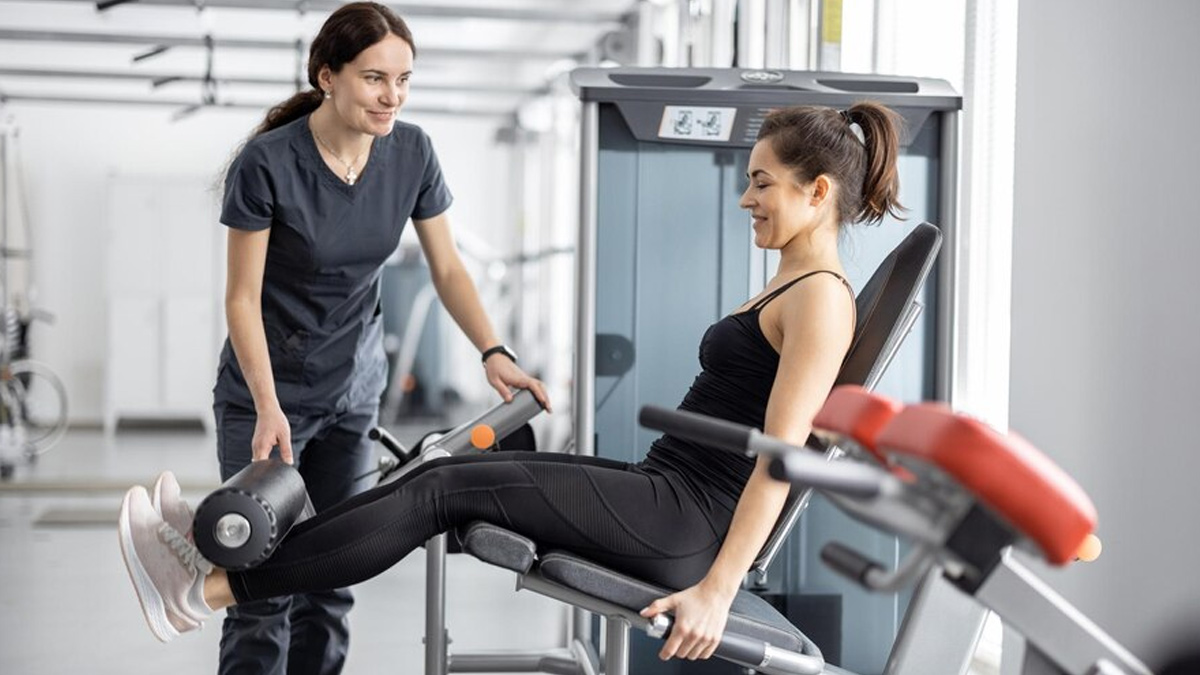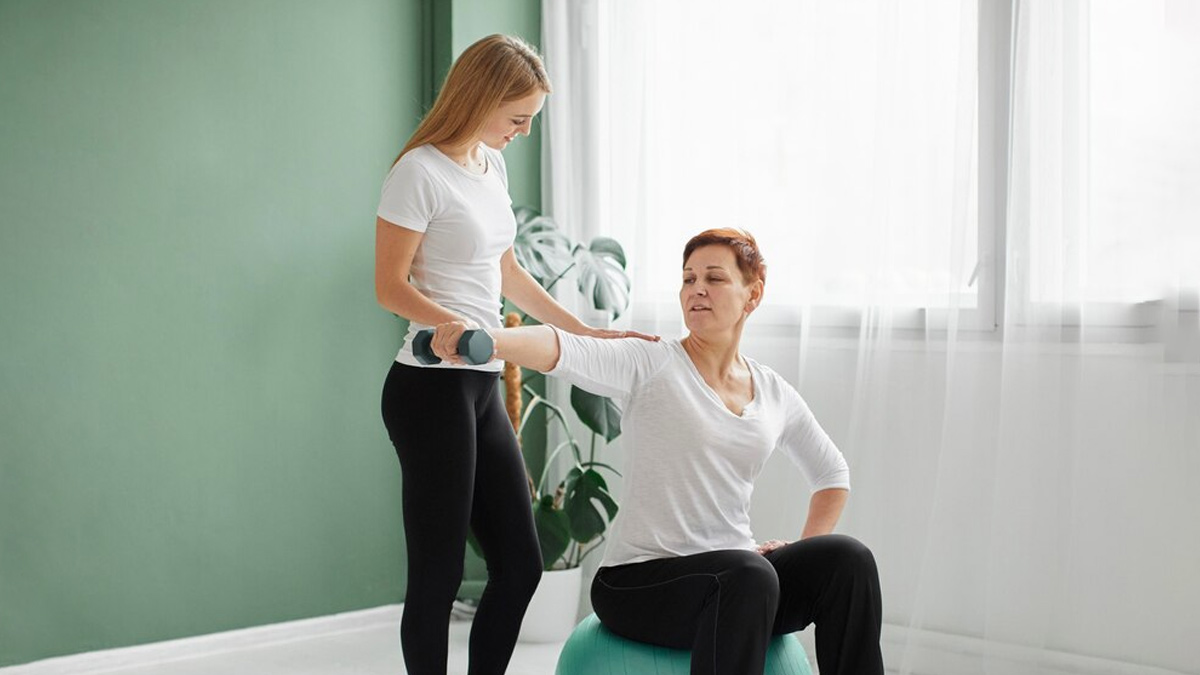
The process of physical rehabilitation is a crucial aspect of a patient’s road to recovery. Be it a minor injury or post-stroke rehabilitation, most patients and their immediate caregivers are unsure of what recovery route to pick: active or passive. While seemingly different, they both offer unique advantages and aim to achieve one common goal: complete patient recovery. However, both have distinct characteristics, benefits, and applications. If you are confused between what type of rehabilitation works best for you, Dr Karthik J, Head of Therapy at Sukino Healthcare Solutions Pvt. Ltd. helps us understand the benefits and differences between active and passive rehabilitation.
Table of Content:-
Active Rehabilitation
Active rehabilitation involves exercises and activities performed by the patient to improve strength, flexibility, balance, and overall function. This approach is goal oriented, focusing on specific functional improvements such as increased range of motion, muscle strength, and coordination.
Dr Karthik explains, “The goal of active rehabilitation is to help clients regain the ability to perform most or all pre-injury activities. Improving mobility and strength not only aids in recovery but also helps prevent future injuries. Research has shown that active exercise boosts cardiorespiratory fitness, improves mental health, leads to better health outcomes, reduces the risk of diseases, and lowers the likelihood of injuries.”
Recent studies have demonstrated that the brain responds more effectively to active rehabilitation compared to passive methods, fostering neuroplastic changes and resulting in better recovery outcomes. This is particularly important to consider in the rehabilitation of stroke, spinal cord injuries, traumatic brain injuries, and other neurological conditions.
Also Read: Tips For Rehabilitation After Joint Replacement Surgery

Active rehabilitation programmes are customised to fit each individual’s unique needs, considering their current condition, work schedule, symptoms, and past experiences. By the end of the programme, patients gain the knowledge and confidence to continue their rehabilitation independently.
Key Characteristics of Active Rehabilitation
- Patient Involvement: Requires active participation from the patient.
- Goal-Oriented: Targets specific functional goals.
- Progressive: Activities increase in difficulty as the patient improves.
Examples
- Stretching and strengthening exercises
- Cardiovascular workouts
- Balance and coordination activities
- Functional training (e.g., walking, running, and lifting objects)
Benefits
- Enhances muscle strength and endurance
- Improves cardiovascular health
- Increases flexibility and range of motion
- Promotes long-term functional independence
- Encourages patient empowerment and self-management
Also Read: Recovering After A Stroke: Rehabilitation Strategies To Improve Quality Of Life
Active rehabilitation programmes are tailored to individual needs, considering factors such as the current condition, work schedule, symptoms, and past experiences. Programmes typically start with easier exercises and progressively increase in difficulty. By the end of the programme, patients gain the confidence to continue their rehabilitation independently.
Passive Rehabilitation

According to Dr Karthik, “Passive rehabilitation involves treatments administered by a therapist with minimal patient participation. These methods are designed to alleviate pain, reduce inflammation, and promote healing, especially in the early stages of recovery or when active movement is too painful.”
Key Characteristics
- Therapist-Driven: Treatments are administered by the therapist.
- Pain Relief and Recovery: Focuses on pain relief and initial recovery.
- Non-Exertional: Does not require physical exertion from the patient.
Examples
- Manual therapy (e.g., massage and joint mobilisation)
- Modalities (e.g., ultrasound, electrical stimulation, heat, and cold therapy)
- Traction
- Acupuncture
Benefits
- Provides immediate pain relief
- Reduces inflammation and swelling
- Prepares the body for active rehabilitation
- Helps in the early stages of recovery when active movement might be too painful
Applications
- Post-Surgical Recovery: Manages pain and inflammation after surgery.
- Acute Injuries: Manages symptoms in the early stages of injury recovery.
- Chronic Pain Management: Provides ongoing pain relief for chronic conditions.
- Severe Pain Conditions: Initiates the recovery process when active exercises are not possible.
- Low GCS – For patients who have low Glasgow coma scale values, passive therapy is given to maintain the ROM and prevent further deformities.
Comparison and Integration
- Stages of Rehabilitation: Passive rehabilitation is often used initially to manage pain and inflammation, while active rehabilitation becomes more prominent as the patient gains strength.
- Patient Condition: The choice between active and passive rehabilitation depends on the patient’s condition, injury severity, and overall health.
- Holistic Approach: Combining both methods provides a holistic approach to recovery, addressing both immediate pain relief and long-term functional improvement.
Conclusion
Dr Karthik concludes by saying, “Active and passive rehabilitation are both crucial in the recovery process. Active rehabilitation focuses on patient involvement and long-term functional gains, while passive rehabilitation addresses pain management and initial recovery. A balanced and individualised approach, integrating both methods, often yields the best outcomes.”
Also watch this video
How we keep this article up to date:
We work with experts and keep a close eye on the latest in health and wellness. Whenever there is a new research or helpful information, we update our articles with accurate and useful advice.
Current Version
